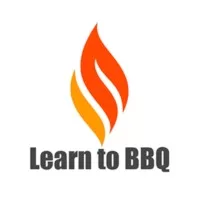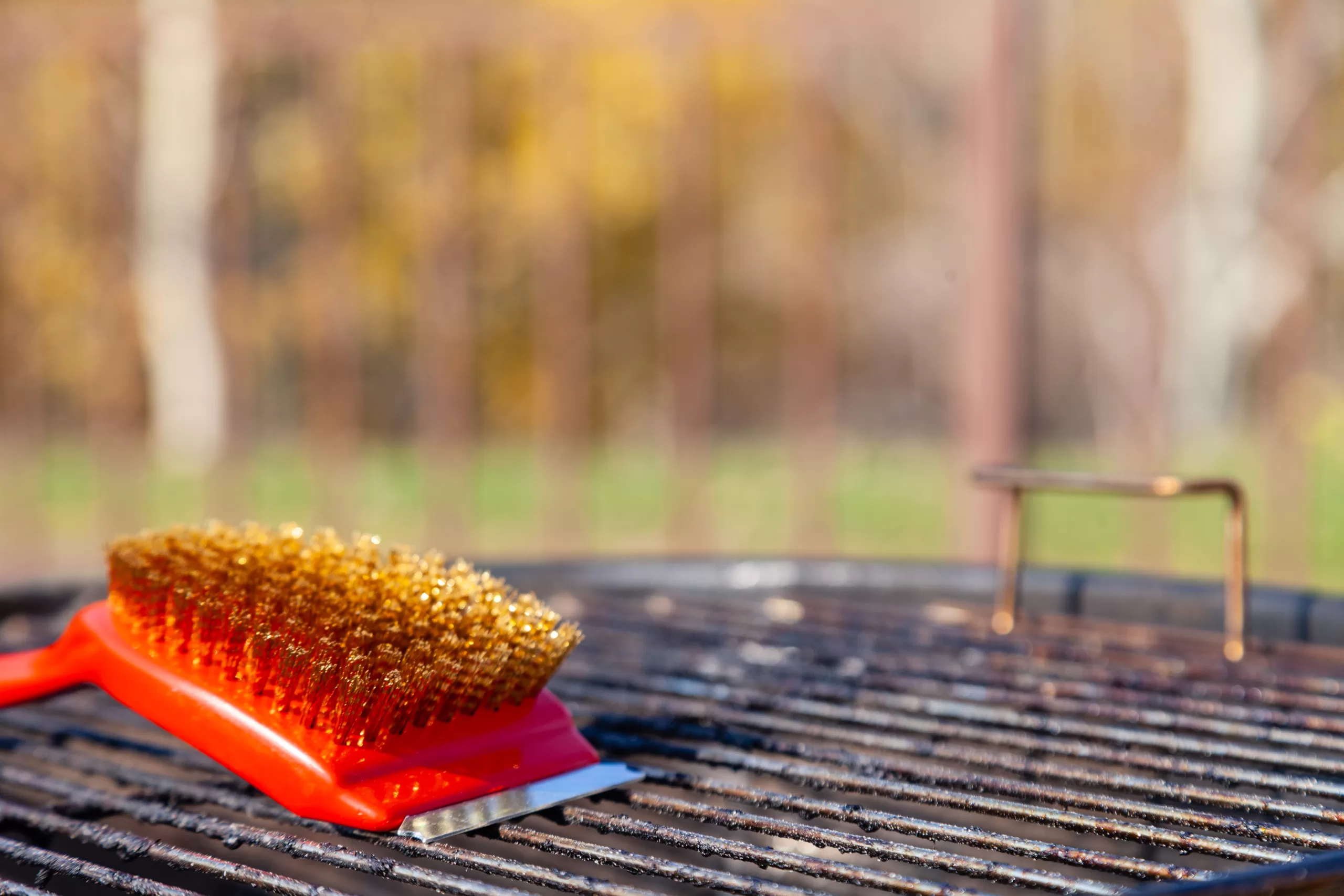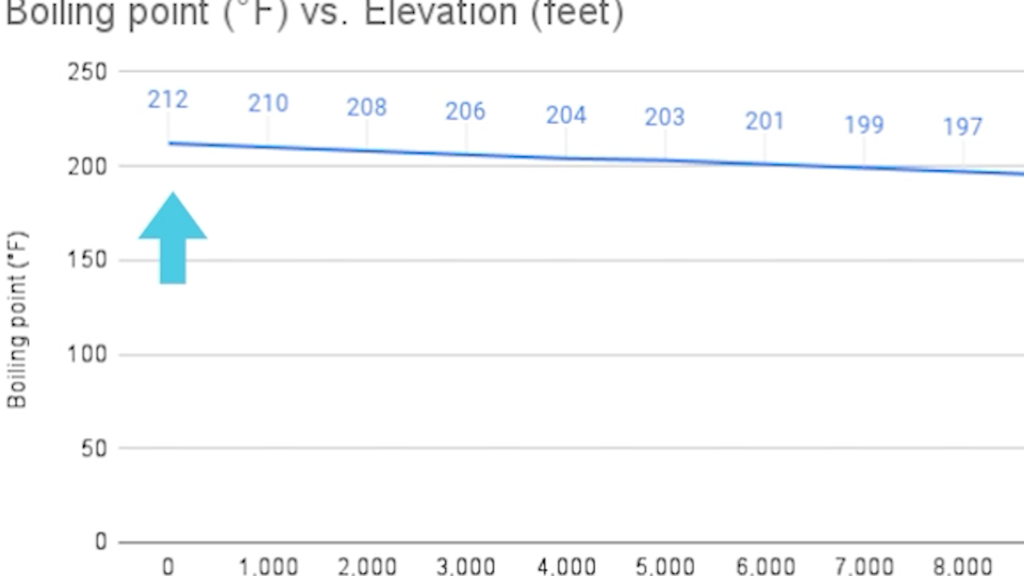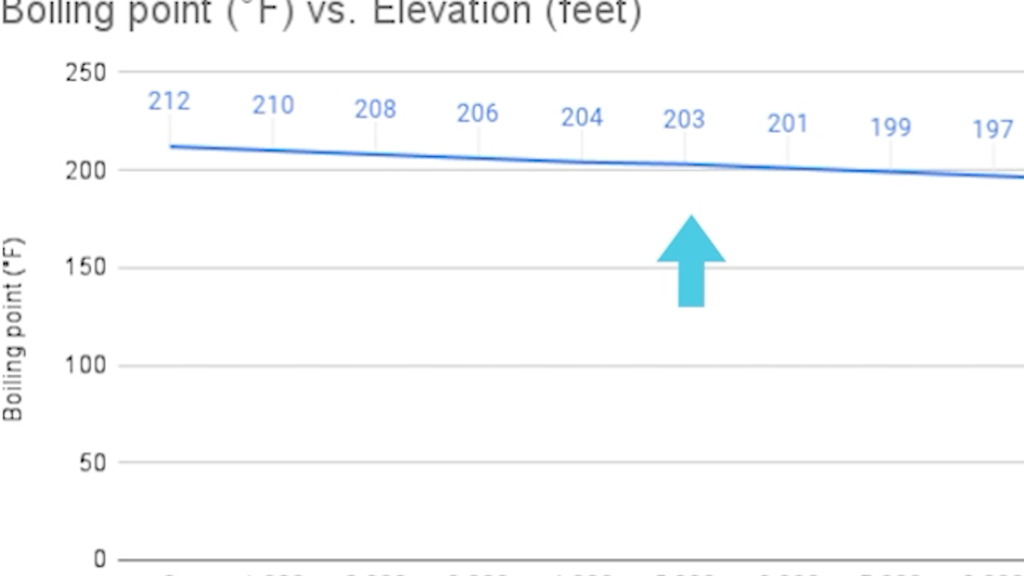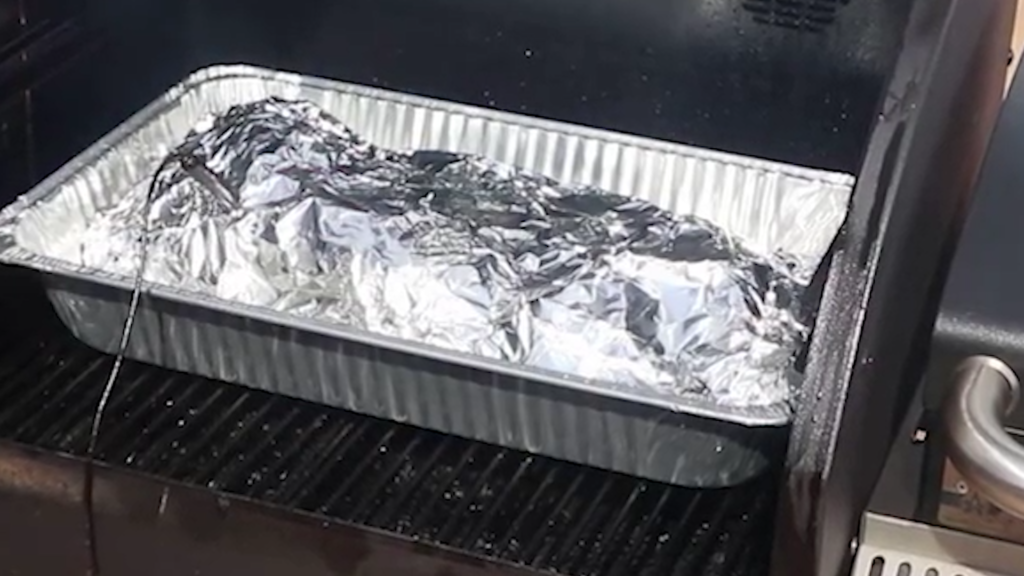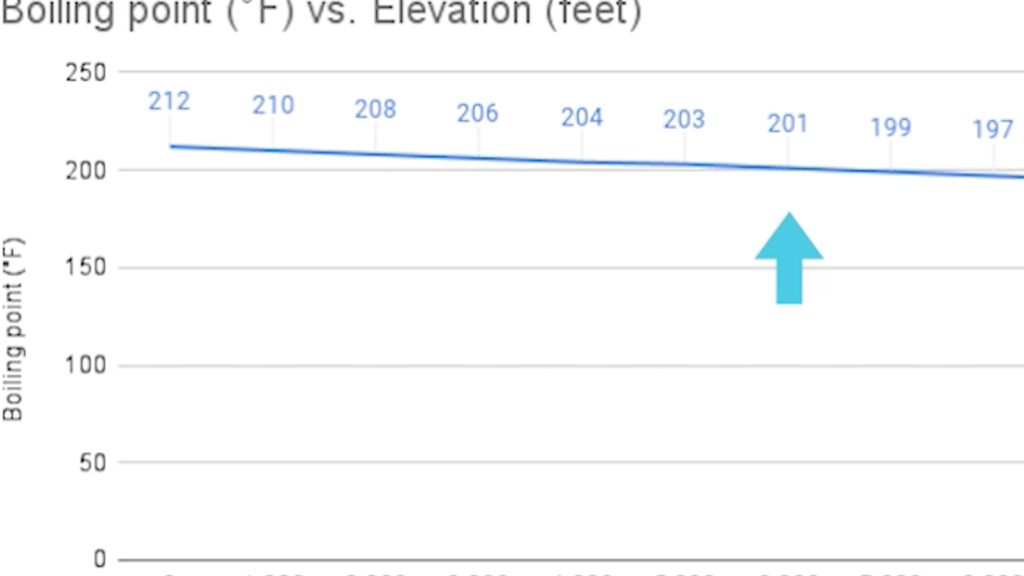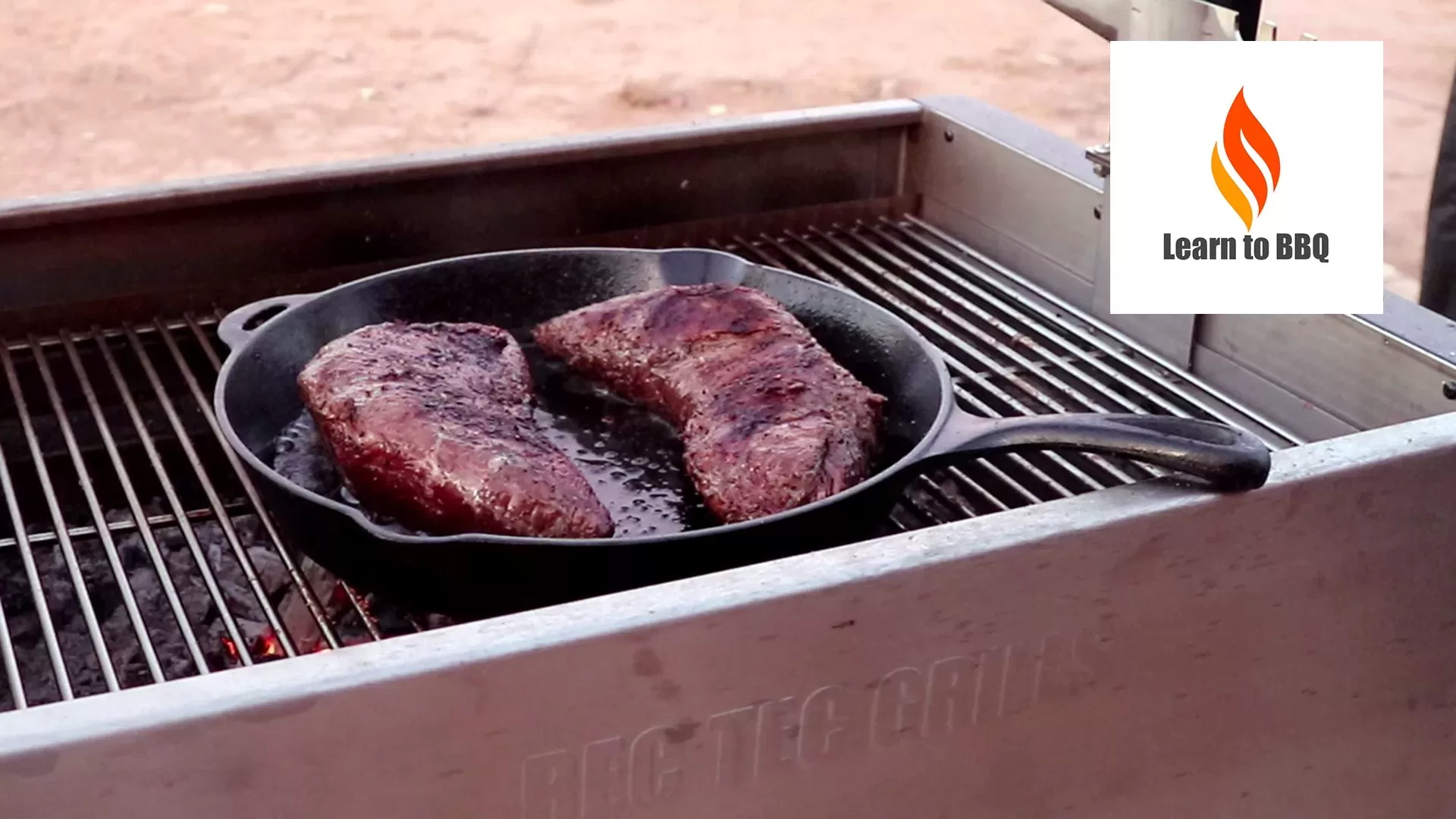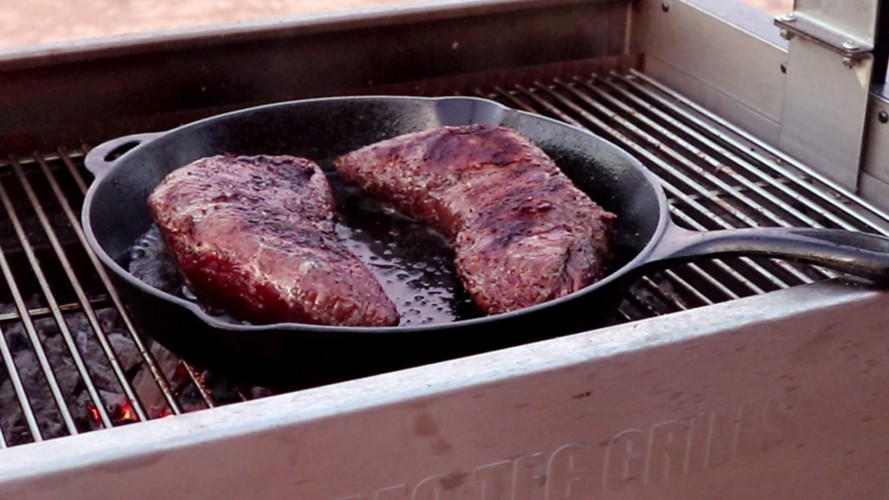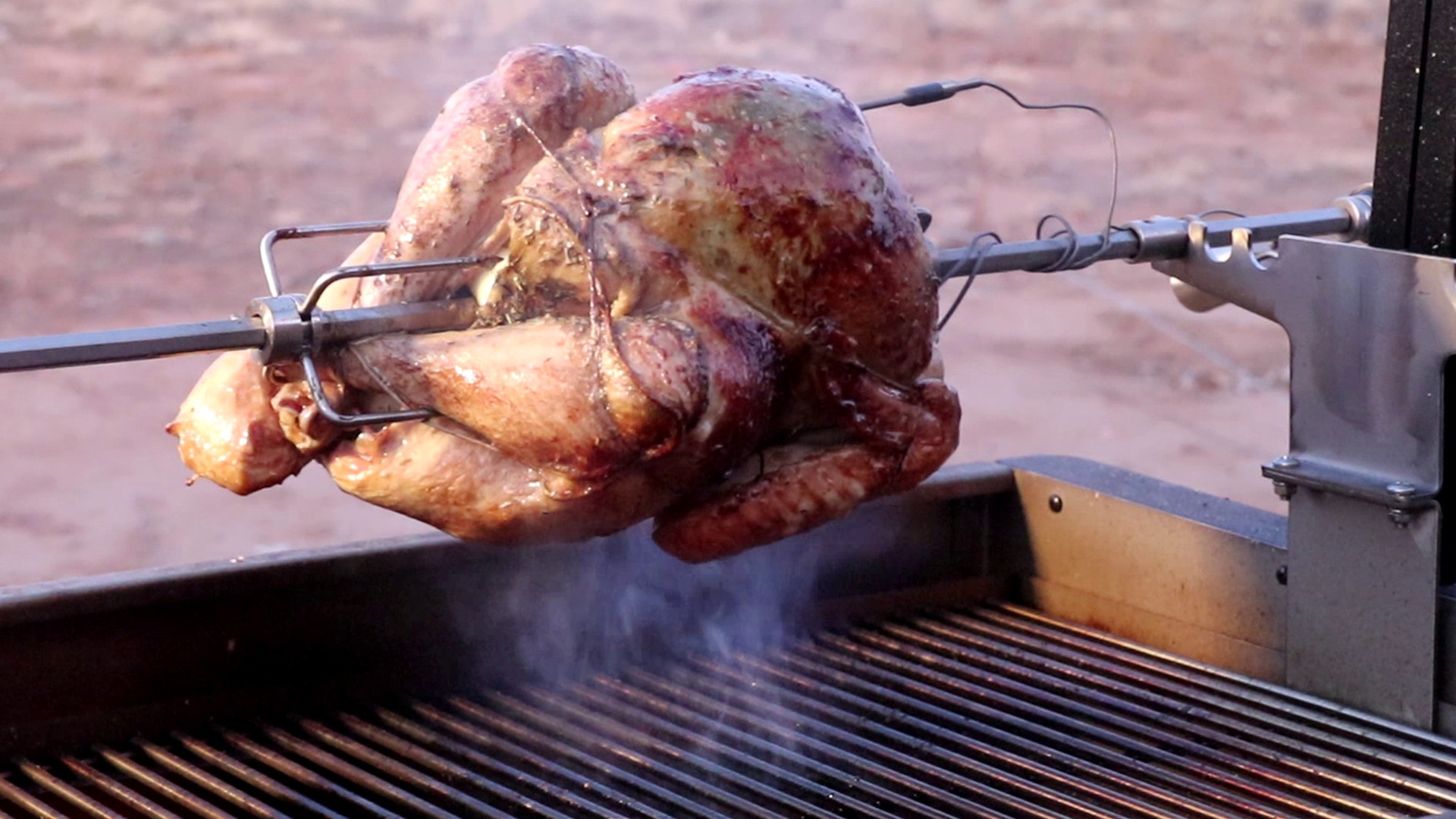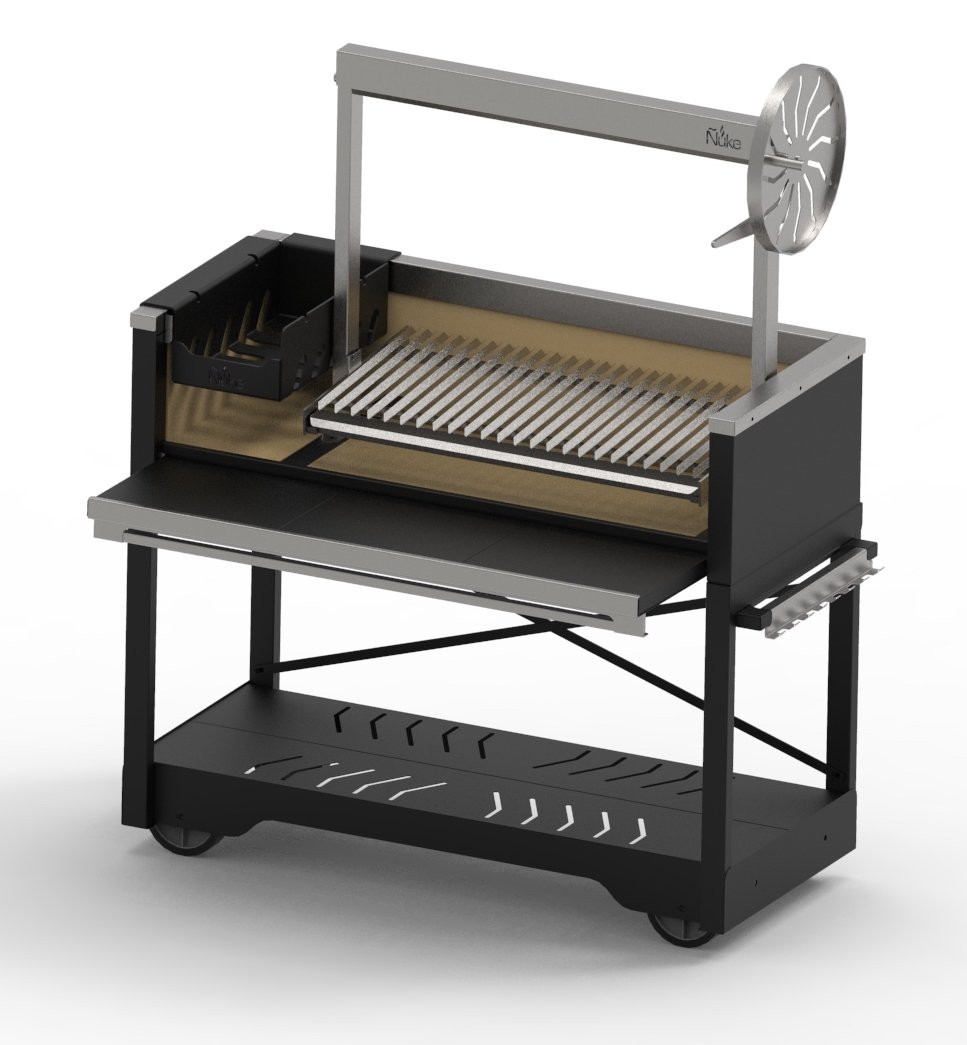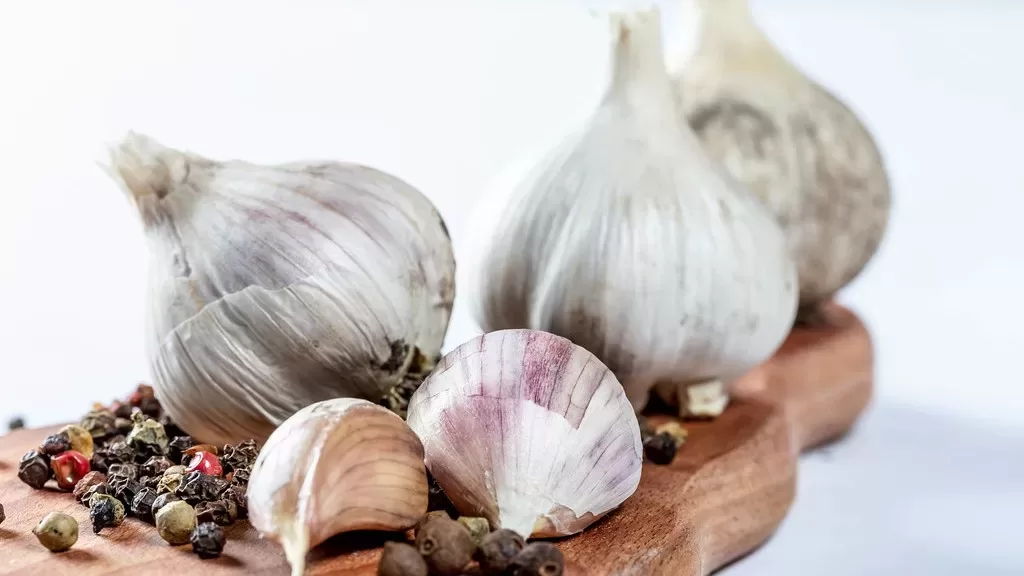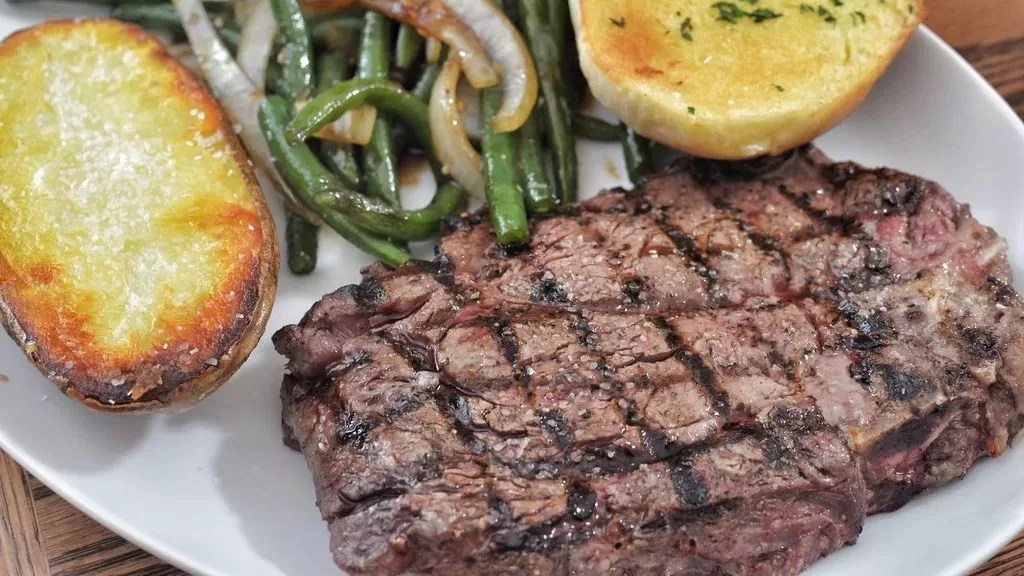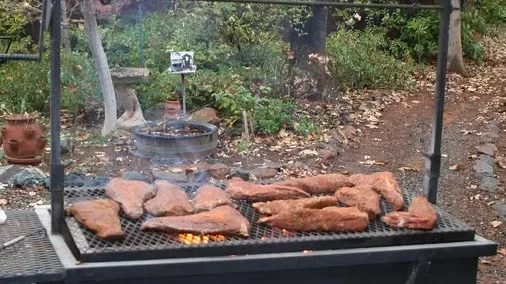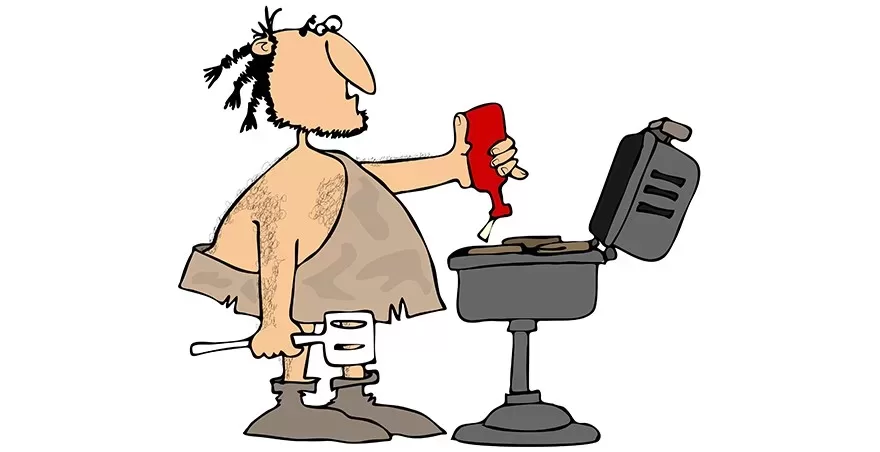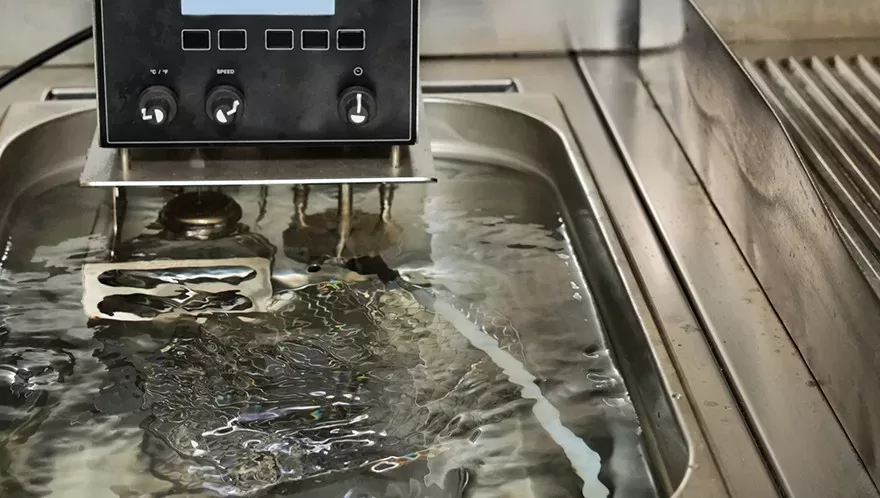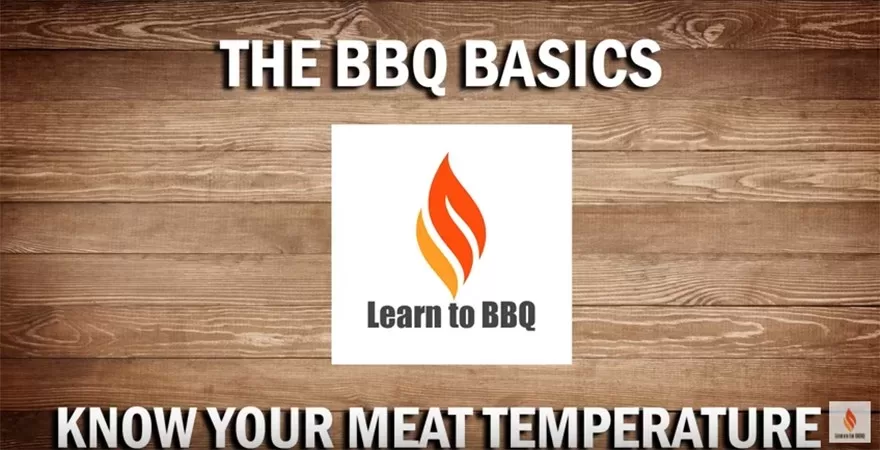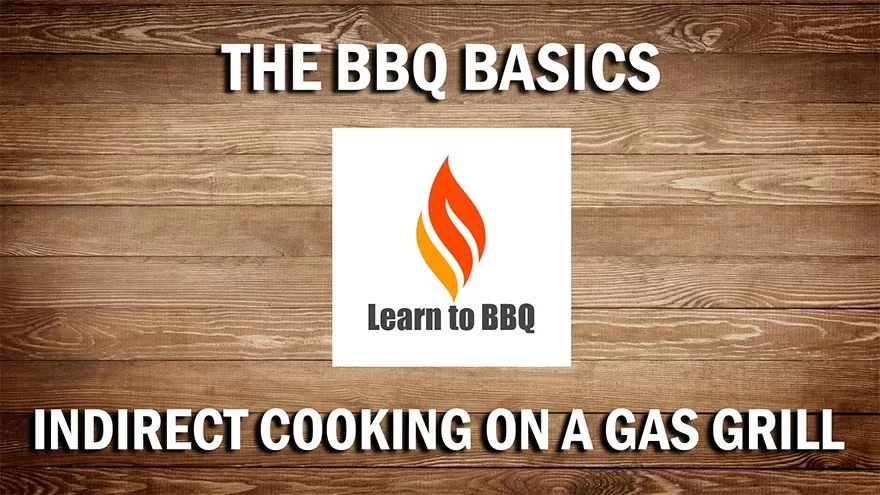With warmer weather on the horizon, it’s time to dust off your grill and get ready for the quintessential summer pastime: barbecues! But before you fire up the flames, a little preparation can go a long way in ensuring a smooth, delicious, and stress-free season.
Grill Revival:
- Clean Up Crew: Give your grill some TLC. Deep clean the grates, burners, and exterior surfaces. For gas grills, check for leaks and replace old batteries. For charcoal grills, remove ash and inspect the firebox for damage.
- Tool Time: Ensure your grilling tools are in good shape. Sharpen knives, replace worn-out spatulas, and check for gas leaks in propane lighters.
Stocking Up:
- Fuel for the Flame: Make sure you have enough propane, pellets, or charcoal in stock, depending on your grill type. Consider buying extra in advance, especially if you anticipate hosting large gatherings.
- Flavor Arsenal: Stock up on your favorite grilling essentials: marinades, rubs, sauces, spices, and grilling oils. Don’t forget condiments like ketchup, mustard, and BBQ sauce.
- Sidekicks and Snacks: Plan your side dishes and snacks. Consider light salads, potato salads, dips, and veggie platters to complement your grilled creations.
Masterclass in Marinades:
- Flavor Fusion: Experiment with different marinades and rubs for meats, vegetables, tofu, or tempeh. Marinate for at least 30 minutes for maximum flavor penetration.
- Safety First: Always marinate in the refrigerator, not at room temperature, to prevent bacterial growth.
Grill Like a Pro:
- Master the Heat: Learn about different grilling techniques like direct and indirect heat, searing, and smoking. This will help you achieve the perfect cook for different foods.
- Practice Makes Perfect: Don’t wait for the big barbecue to experiment. Grill some burgers or veggies beforehand to get comfortable with your grill and techniques.
Bonus Round:
- Outdoor Oasis: Spruce up your outdoor space. Clean furniture, add colorful pillows, and create a welcoming atmosphere for your guests.
- Entertainment Corner: Plan some fun activities for your guests. Set up lawn games, have music playing, or even prepare a DIY s’mores station.
- Safety First: Remember grill safety! Keep a fire extinguisher nearby, supervise children and pets, and never leave a hot grill unattended.
With these tips in tow, you’re well on your way to a fantastic barbecue season filled with delicious food, laughter, and good company. So fire up the grill, grab your tongs, and get ready to sizzle!
